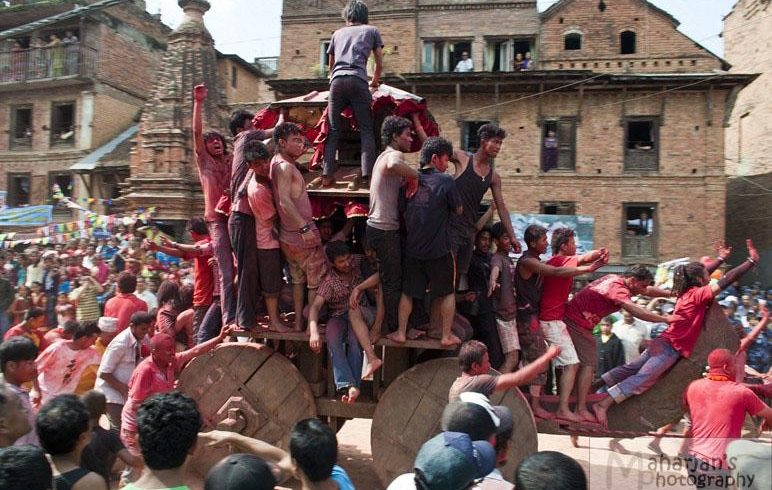Overview
Monkey Temple An ancient stupas located atop a hill, Sowyambhunath is a UNESCO World Heritage Site. It offers stunning views of Kathmandu and is a blend of Buddhist and Hindu traditions. In these beliefs, a Sowyambhu represents a divine presence that has emerged naturally, without human intervention. For example, in Buddhism, the Sowyambhunath Stupa in Nepal, also known as the Monkey Temple, is a significant site that embodies this concept, as it is believed to have self-originated. It is revered for its spiritual significance and unique architecture, attracting pilgrims and tourists a like.
Ancient Origins believed to be over 2,500 years old, the site is one of the oldest religious monuments in Nepal. The main stupa features a large dome and a square base, adorned with eyes painted on four sides, symbolizing the all-seeing nature of the Buddha. Various smaller shrines, temples, and statues surround the main stupa, representing both Hindu and Buddhist beliefs. The site is vibrant during festivals, with rituals, prayers, and offerings made by devotees. The area is known for its resident monkeys, which have become a symbolic part of the site. Sowyambhu stands as a testament to the intertwined nature of culture, spirituality, and history in Nepal, attracting countless visitors and pilgrims annually.








